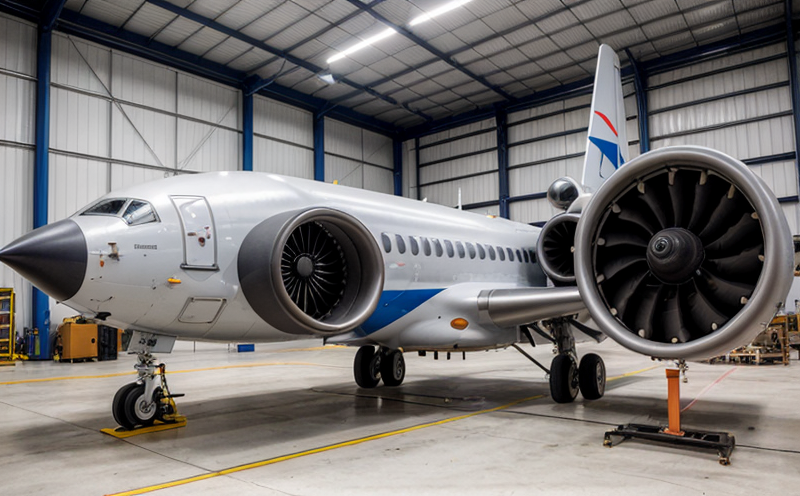Rocket Engine Vibroacoustic Characterization
In the aerospace and defense industry, rocket engines are subjected to some of the most extreme operating conditions. Ensuring these engines perform reliably under such conditions is critical for mission success. One key aspect of this reliability is understanding how the engine behaves acoustically and vibrationally during operation. This process is known as vibroacoustic characterization.
Rocket engine vibroacoustic characterization involves the detailed analysis of acoustic and vibratory responses from a rocket engine to identify potential issues that could arise under operational conditions. The goal is to ensure the structural integrity, performance consistency, and safety margins of the engine throughout its lifecycle. This service plays a crucial role in optimizing design, ensuring compliance with industry standards, and enhancing overall product reliability.
During vibroacoustic characterization testing, engineers analyze various parameters such as sound pressure levels, vibration modes, stress distributions, and temperature variations. These tests help identify any potential areas of concern that could lead to failures or performance degradation. By addressing these issues early in the development process through thorough characterization, manufacturers can enhance product longevity and reduce operational risks.
The testing typically involves placing the rocket engine within a specialized chamber where it is subjected to controlled acoustic and vibrational stimuli simulating real-world flight conditions. Sensors are strategically placed around the engine to capture data on displacement, velocity, acceleration, and sound pressure at multiple points along the structure. Advanced signal processing techniques then analyze this raw data to produce detailed reports that outline the engine's vibroacoustic behavior.
This service is not only beneficial for ensuring product quality but also serves as a vital step in meeting regulatory requirements set forth by organizations like NASA, ESA, and various national standards bodies. It allows companies to demonstrate compliance with relevant specifications while providing valuable insights into areas where improvements can be made.
Applied Standards
| Standard | Description |
|---|---|
| ISO/TS 16949 | Includes requirements for quality management systems specifically applicable to the automotive industry, ensuring consistent and reliable product performance. |
| AIAA S-087-2013 | Provides guidance on structural dynamics testing of aerospace vehicles, including rocket engines. |
Scope and Methodology
The scope of rocket engine vibroacoustic characterization encompasses a wide range of activities aimed at comprehensively evaluating the acoustic and vibratory characteristics of the engine. This includes conducting both static and dynamic tests under controlled conditions to simulate actual flight scenarios.
Static testing involves measuring baseline data without applying any external excitation forces, allowing engineers to establish a reference point for comparison with dynamic test results. Dynamic testing then applies prescribed levels of acoustic energy and mechanical vibrations using specialized equipment designed specifically for aerospace applications.
The methodology employed during these tests ensures accurate measurement and interpretation of the engine's response across all relevant frequency ranges. For example, low-frequency rumbling caused by combustion processes must be distinguished from high-frequency noises generated by cooling systems or hydraulic actuators. Similarly, structural resonances need to be accurately identified so they can be mitigated in subsequent design iterations.
Throughout the testing process, multiple types of sensors are used depending on what aspects of the engine's behavior need to be observed. These may include accelerometers for detecting mechanical vibrations, microphones for capturing sound waves, and thermocouples for monitoring temperature changes within critical components like combustion chambers or turbines.
Benefits
- Ensures compliance with international standards such as ISO/TS 16949 and AIAA S-087-2013.
- Aids in identifying potential weaknesses or design flaws early in the development cycle, allowing for timely corrections before full-scale production begins.
- Enhances overall product reliability by providing detailed insights into how various components interact under specified operating conditions.
- Reduces risks associated with unexpected failures during critical missions, thereby increasing mission success rates.





